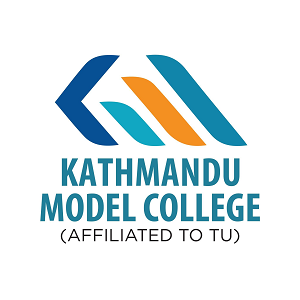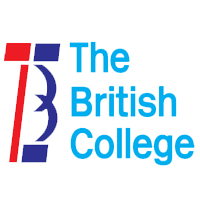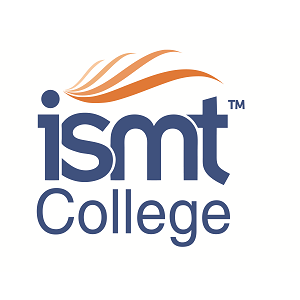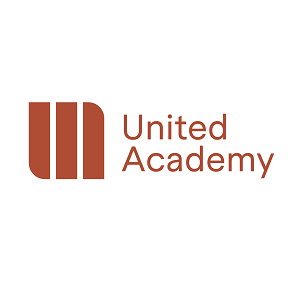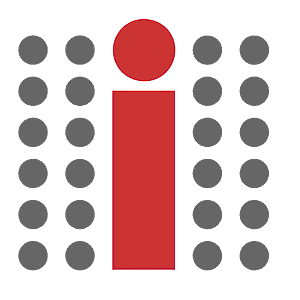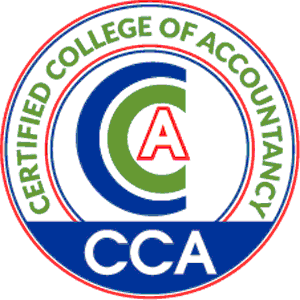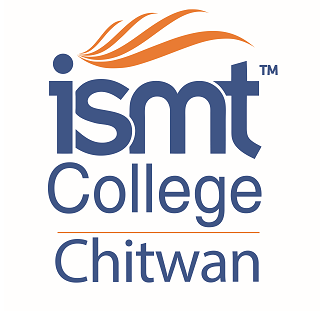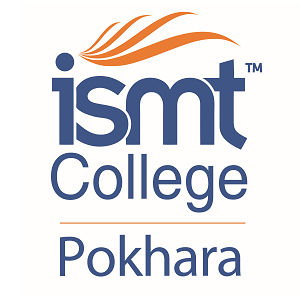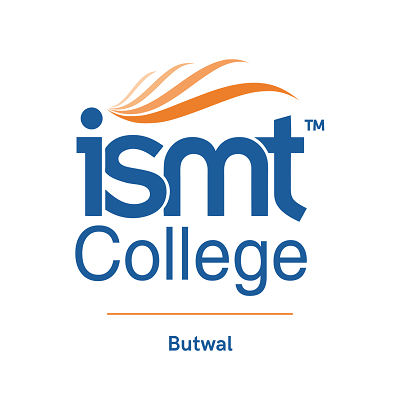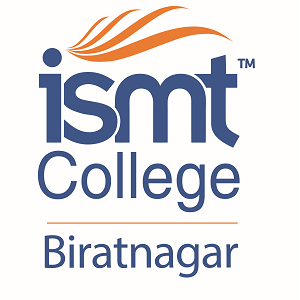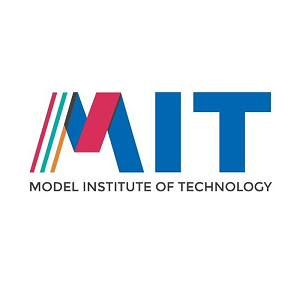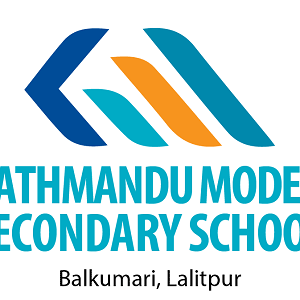Overview
Diploma in Pharmacy at Gaur Nursing Institute, Gaur-8 Rautahat
If you’re a science student exploring health courses after SEE, the Diploma in Pharmacy at Gaur Nursing Institute (GNI), a CTEVT constituent school in Gaur-8, Rautahat, gives a clear three-year pathway into hospital, community, and industry practice.
Students usually ask about eligibility, curriculum, exams, field practice, and career scope.
This guide covers Diploma in Pharmacy, Gaur Nursing Institute, CTEVT, Rautahat, Nepal, eligibility, subjects, assessment, and Level-5 job roles so you can plan with confidence.
GNI was established in 2015, about 147 km southwest of Kathmandu by road, and began instructional activities on March 1, 2016 (2072/11/17 BS).
The school is governed by a Management Board chaired by the Chief District Officer of Rautahat, and it plans to run Pharmacy along with General Medicine, Medical Laboratory, Ophthalmic Science, Cosmetic Science, and Nursing.
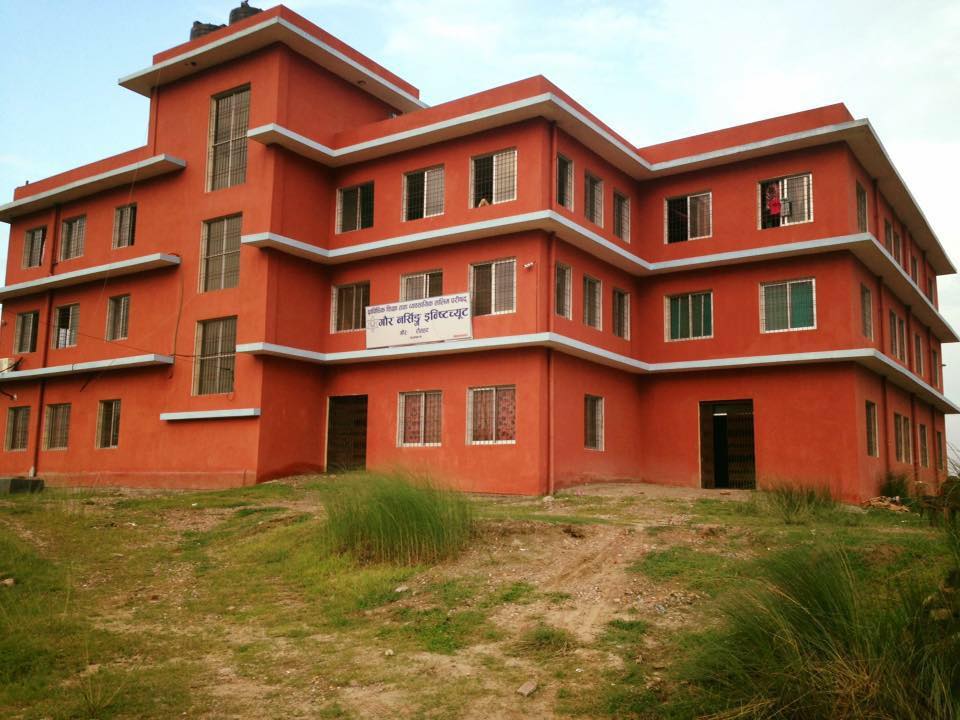
Overview
Start here if you want the structure.
Diploma in Pharmacy is a three-year, yearly-system program under CTEVT. One academic year has 35 academic weeks (about 210 working days) with a full-time study load.
The curriculum sets duration, entry criteria, attendance rules, teacher–student ratios, assessment, grading, and field practice that GNI will adopt for implementation.
Highlights
Scan these facts before you dive deeper.
-
Duration and system: Three years; yearly system; 35 academic weeks per year.
-
Target group: SEE or SLC graduates meeting subject criteria.
-
Group size: Maximum 40 students per intake.
-
Attendance: Minimum 90% in each subject to sit finals.
-
Pass marks: 40% in theory and 50% in practical; internal plus final exams.
-
Grading: Distinction ≥80%; First 65–<80%; Second 50–<65%; Pass = pass to <50%.
-
Teacher–student ratios: 1:40 (theory), 1:10 (practical), overall 1:10 at institute level.
-
Field practice: Eight weeks in the third year across hospital, community/health facility, industry, and regulatory settings.
-
Career path: Eligibility for Non-gazetted First Class/Level-5 (technical) posts as per PSC provisions.
Curriculum Details
Here’s what you’ll study across three years.
First Year (Foundations and Basic Sciences)
English, Nepali, Social Studies, Anatomy & Physiology, Physics, Chemistry, Zoology, Botany, Mathematics & Statistics. These courses build the scientific base needed for second- and third-year pharmacy subjects.
Second Year (Core Pharmacy Block I)
-
Pharmaceutics I (dosage forms, unit operations, biopharmaceutics)
-
Pharmacology I
-
Pharmaceutical Chemistry I (inorganic focus, QC, titration)
-
Pharmacognosy (secondary metabolites, TLC, crude drug evaluation)
-
Biochemistry & Microbiology
-
Pharmacotherapeutics I
-
Pharmaceutical Management
-
Public Health Pharmacy
Each includes theory and substantial practical hours, with continuous assessment and finals.
Third Year (Core Pharmacy Block II and Practice)
-
Pharmaceutics II
-
Pharmacology II
-
Pharmaceutical Chemistry II
-
Hospital & Clinical Pharmacy
-
Pharmaceutical Jurisprudence and Community Pharmacy Practice
-
Pharmacotherapeutics II
-
Comprehensive Professional Field Practice (8 weeks)
Practice covers hospital pharmacy services, community/health facility work, industry exposure, and regulatory familiarization.
Objectives
Read this if you want the program’s goals in plain terms.
Graduates learn to advise patients on medicines, ensure safe and effective use, interpret prescriptions, support hospital and community services, contribute to production and quality assessment in pharmaceutical manufacturing, and develop professional attitudes for accountable practice.
Scope
Not sure where this diploma can place you?
Pharmacy technicians work across hospital dispensaries, community pharmacies, primary health facilities, pharmaceutical industries, and supply chains. Tasks include dispensing, inventory, counseling, basic compounding under supervision, documentation, and support for public health programs. The curriculum addresses Nepal’s service needs in both facility-based and community settings.
Learning Outcomes
By the end of three years, students are able to:
-
Read and process prescriptions; select appropriate formulations as per protocol.
-
Counsel patients on indications, dose, route, precautions, and safe storage.
-
Handle pharmacy calculations, dispensing records, and legal documentation.
-
Support hospital and clinical pharmacy services, including ward-based supply.
-
Participate in compounding, QC basics, and handling of dosage forms in line with standards.
Skill Development Modules
Hands-on skill matters the first week you step into a pharmacy.
Practical work spans unit operations (milling, mixing, filtration, drying), physicochemical testing (pH, viscosity, surface tension), dosage form preparation (syrups, liniments, lotions), microbiology techniques (staining, culture, sterility checks), pharmacognosy lab work (extraction, TLC), titrations, and basic biochemistry panels.
Third-year field practice allocates four weeks to hospital pharmacy and four weeks to community/industry/regulatory sites under supervision, with structured evaluation (attendance, logbook, spot performance, and viva by internal and external examiners).
Teaching Methodology
Expect a practical, classroom-plus-lab model.
Methods include illustrated lectures, demonstrations, simulations, guided practice, fieldwork, industry and hospital postings, case analysis, project work, and report writing. The program uses printed and audio-visual materials, computer-based learning, and online resources as needed.
Admission Requirements
Worried about the entrance exam? Use this checklist.
-
Qualification: SEE (minimum GPA 2.0) with “C” in Compulsory English, Mathematics, and Science; or SLC with English, Science, and Mathematics (or equivalent).
-
Documents: SEE/SLC certificates; citizenship or birth registration.
-
Entrance: Pass the CTEVT entrance; selection is merit-based.
-
Intake and attendance: Up to 40 seats per batch; maintain at least 90% attendance in each subject.
-
Medium: English or Nepali.
Tip for applicants: Strengthen basic math for pharmacy calculations, revise general science, and practice MCQs modeled on the CTEVT outline. Build habits around record-keeping and careful labeling—these matter in pharmacy work.
Career Opportunities
Here’s where this diploma leads.
Graduates are eligible for Non-gazetted First Class/Level-5 technical positions as per Public Service Commission norms, and registration with the related council as required by law. Workplaces include government hospitals, local health facilities, community pharmacies, pharmaceutical industries, and supply/distribution agencies.
Scholarships and Financial Aid
Provisions change by policy year. GNI follows CTEVT rules and publishes seat, fee, and quota updates through official notices. Students should check current CTEVT guidelines and GNI announcements for government scholarships or reserved categories relevant to the diploma.
Why Choose This Course?
Read this if you’re comparing health diplomas.
-
Clear yearly plan that links classroom content with practical labs and supervised postings.
-
Transparent internal and final assessment, with defined pass criteria and grading.
-
Eight-week field practice in real service settings before graduation.
-
Teacher–student ratios that support close supervision during practicals.
Conclusion
Students aiming for pharmacy roles in hospitals, communities, and industry can use this diploma to build safe practice step by step. Review eligibility early, prepare for the entrance test, and map your three years using the subject flow above. Keep attendance strong, maintain your logbook, and approach each lab session like workplace training—the habits you build now carry straight into service.
Resource
Council for Technical Education and Vocational Training (CTEVT), “Diploma in Pharmacy (Three-Year Program—Yearly System), Second Revision 2021.”


